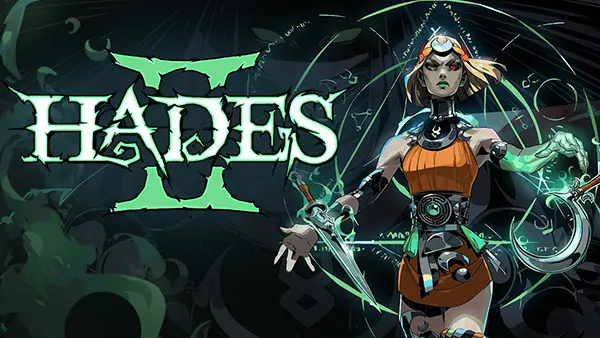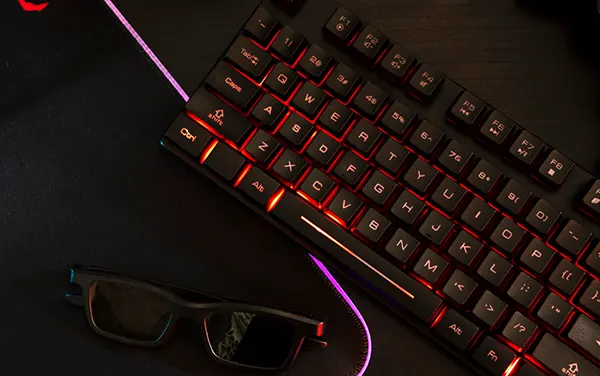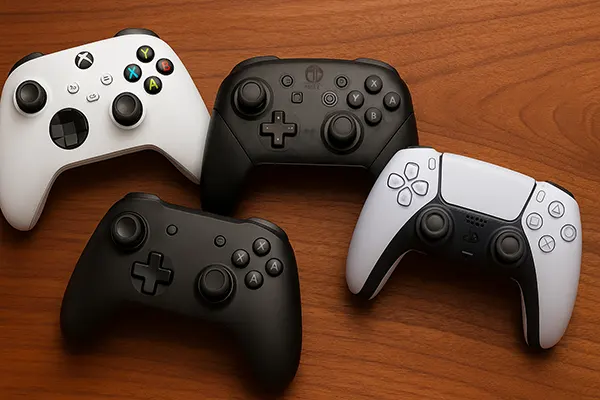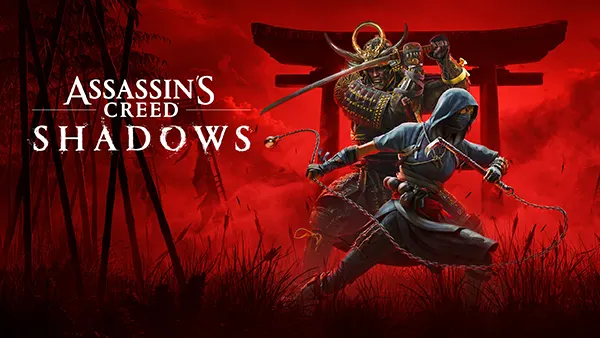
Hades II – Evolution of Roguelike: How Supergiant Games Changed Their Approach?
When Supergiant Games unveiled the sequel to their critically acclaimed hit Hades, the gaming community held its breath. Could the studio evolve its roguelike formula without losing what made the original game a triumph? As of February 2025, with early access providing substantial insight, Hades II has proven to be not only a worthy successor but a bold step forward for the genre.
Expanding the Myth: From Zagreus to Melinoë
The most notable change in Hades II is its new protagonist: Melinoë, sister of Zagreus and a lesser-known deity in Greek mythology. This choice brings a fresh narrative dynamic, distancing the sequel from a mere repetition. Melinoë’s journey is driven not by rebellion against her father, Hades, but by a mission to confront Chronos, the Titan of Time, who threatens the cosmic balance by overtaking the Underworld.
This mythological pivot allows Supergiant to explore deeper themes of time, fate, and responsibility, moving the story beyond personal rebellion to a larger metaphysical struggle. Dialogue is richer, with returning characters like Hecate and new figures such as Moros and Selene offering nuanced perspectives and emotional growth.
Moreover, Melinoë’s characterisation adds depth to the experience. Her relationship with magic, her tactical mindset, and her evolving sense of duty differ markedly from Zagreus’s impulsive charm, giving players a fresh narrative voice to follow.
Building Lore Through Design and Dialogue
Supergiant Games continues their tradition of weaving worldbuilding into every element. The hub area, the Crossroads, is no longer just a staging point but a place steeped in mystery and personal interactions. Training with Hecate or speaking with Odysseus feels purposeful, adding context to Melinoë’s quest.
Environmental storytelling has also deepened. From surface-world ruins overtaken by time to the desolate landscapes reshaped by Chronos’ incursion, every location reinforces the theme of decay and temporal disruption. Music and visuals contribute seamlessly to this mood.
The game’s lore unfolds gradually, rewarding players for repeated attempts. This slow-burn approach echoes ancient myths, encouraging contemplation rather than instant gratification, and reinforcing Supergiant’s reputation for meaningful narrative design.
Combat Reimagined: Magic, Strategy, and Depth
*Hades II* significantly reworks combat without abandoning its roots. Where Zagreus favoured weapons and dashing aggression, Melinoë blends traditional weapons with arcane magic. Her standard attacks are now complemented by cast-based spells and charged hexes that reward precise timing and resource management.
The boon system returns but now includes lunar and witch-themed enhancements, diversifying builds and encouraging experimentation. For instance, combining Artemis’s critical upgrades with Selene’s lunar power can completely transform the gameplay loop.
This system not only adds complexity but invites mastery. The synergy between abilities is more pronounced, and every run feels less random and more about refining your strategic approach over time. This reflects a clear intent to move from pure chaos to controlled adaptability.
The Role of Rituals and Alchemy
A major new mechanic is the incorporation of alchemical crafting and rituals. These systems allow players to influence run parameters, create persistent upgrades, or alter game rules entirely. It introduces metagame planning into what was once purely reactive gameplay.
Rituals also tie into Melinoë’s identity as a witch, integrating narrative with mechanics. Players are encouraged to study, plan, and prepare, enhancing replayability while maintaining immersion.
These elements mark a shift toward RPG-like depth and away from arcade unpredictability. While the game remains a roguelike at heart, it acknowledges the genre’s evolution by rewarding thoughtful engagement as much as twitch reflexes.

A Roguelike in the Age of Expectations
By 2025, the roguelike genre has matured. What once was niche is now a mainstream design choice. With Hades II, Supergiant Games has not only acknowledged this evolution—they’ve guided it. The game respects genre conventions while questioning their limits, resulting in an experience that feels both familiar and progressive.
What makes Hades II stand out is not just mechanical polish but thematic ambition. Its meditation on time, duty, and personal growth resonates in an era increasingly concerned with legacy and consequence—both in games and beyond.
Player feedback has already shaped development, with updates introducing new weapons, zones, and narrative branches. This iterative approach mirrors the roguelike loop itself: test, adapt, evolve. It’s a philosophy that underscores the game’s core identity.
Community, Longevity, and Legacy
Supergiant’s engagement with its player base has been essential. By embracing early access, they’ve allowed fans to influence the game’s growth without compromising vision. This transparency strengthens the trust that defined the original Hades community.
Replayability remains high, with multiple build paths, evolving stories, and hidden content unlocked through exploration. It’s not just about winning—it’s about discovering what *Hades II* is trying to say.
Ultimately, Hades II is more than a sequel. It’s a blueprint for the next generation of roguelikes, blending tactical depth, narrative richness, and player agency in a way few titles achieve.
Popular articles
-
 How Foot Keyboards and Pedal Controllers A...
How Foot Keyboards and Pedal Controllers A...Foot-based input devices have moved from experimental …
-
 Evolution of PC and Console Controllers in...
Evolution of PC and Console Controllers in...The past two years have reshaped how …
-
 Assassin’s Creed Shadows: A Look at the PC...
Assassin’s Creed Shadows: A Look at the PC...Assassin’s Creed Shadows, the latest entry in …
